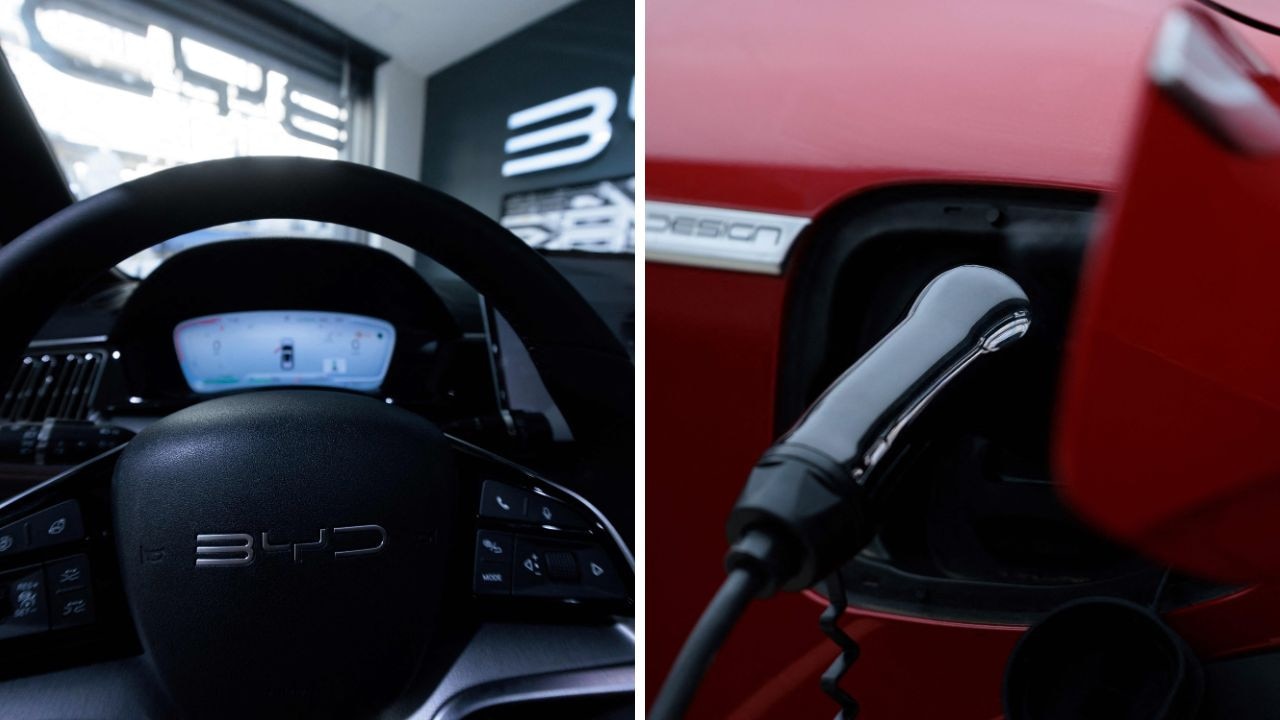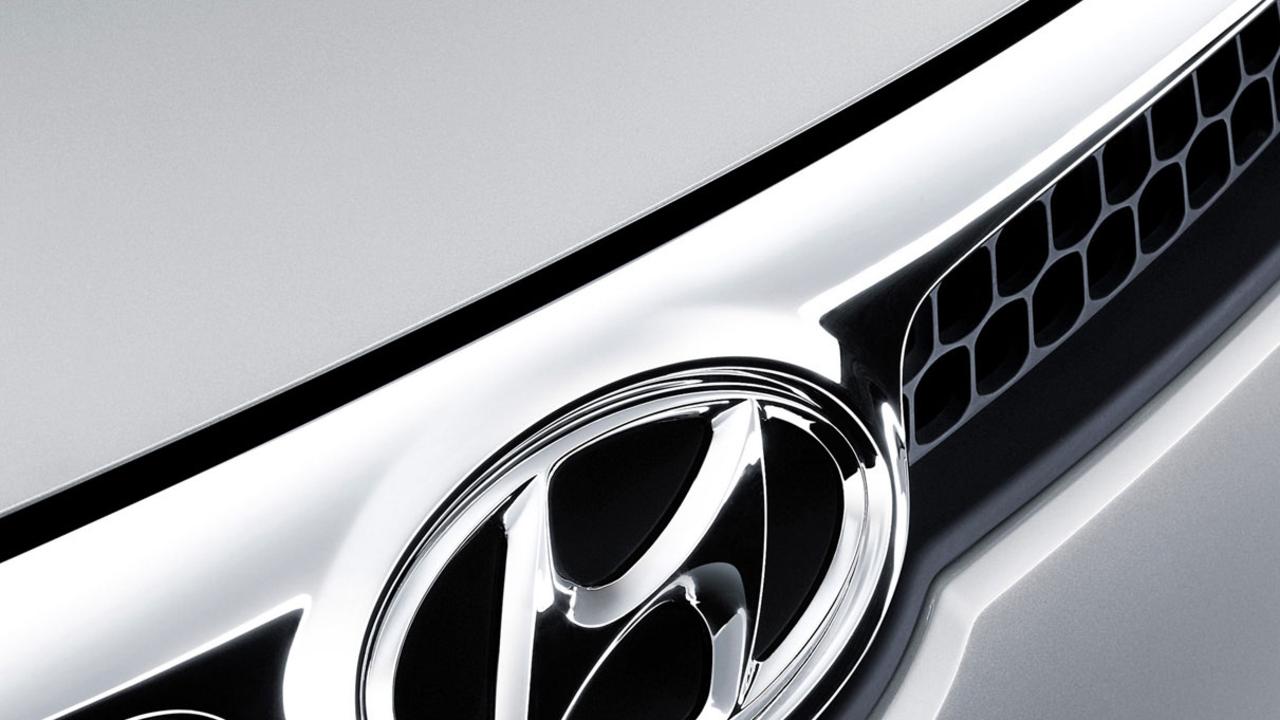Everything you need to know about towing explained
Australians are exploring their own backyard in huge numbers, but there is vital information you need to know before hitting the road.
Car Advice
Don't miss out on the headlines from Car Advice. Followed categories will be added to My News.
Australians love towing, whether it’s a caravan through the Red Centre or a tinny to a favourite fishing spot. And our affection for adventure has ramped up over the past year as international borders have remained closed.
Sales of utes and off-roaders are at record levels as a result.
But there’s more to towing than ticking the box for a tow bar and the consequences of getting it wrong can be severe – a wayward trailer at 100km/h is potentially deadly.
Weight limits are the most common way people get caught out, says Peter May, the manager of the Caravan and Trailer Road Safety Alliance.
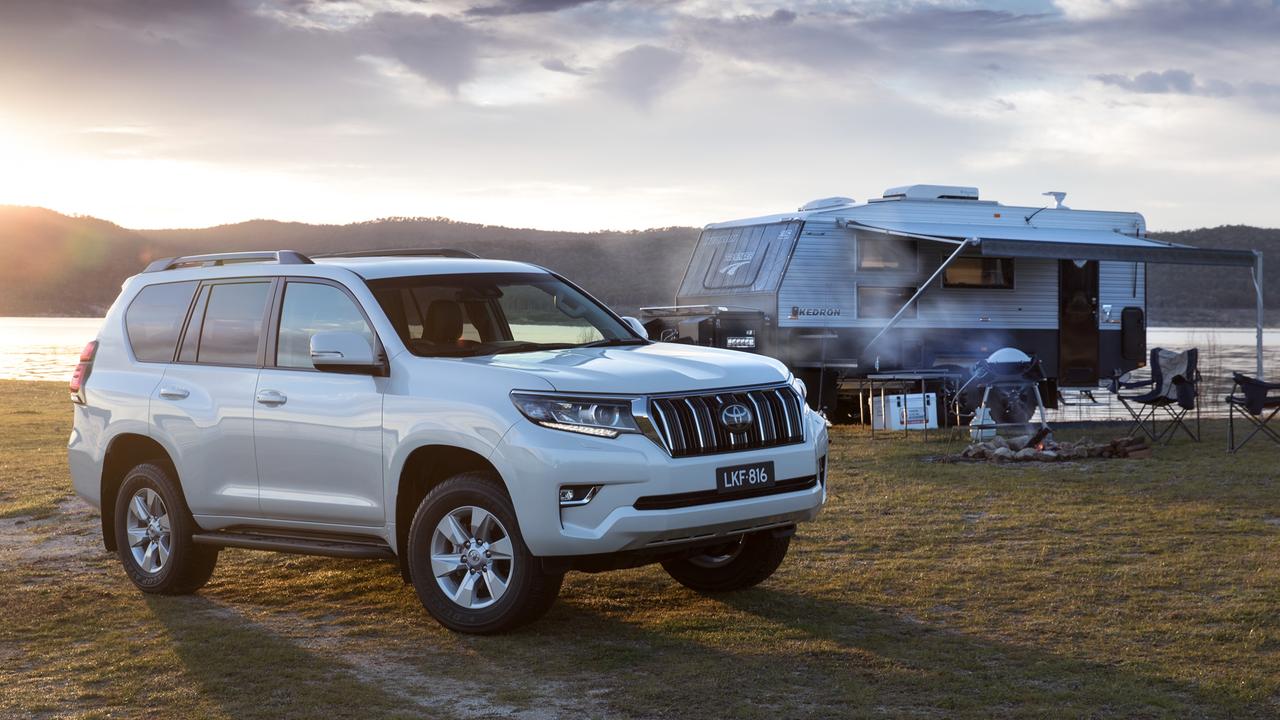
“The biggest mistake people make is their load and understanding GVM compared to ATM,” says May.
GVM is short for gross vehicle mass and refers to the car and everything in it, including luggage and people. ATM is the aggregate trailer mass, which is the weight of a fully loaded trailer. Then there’s the gross combination mass (GCM), which adds up the weight of the car, the trailer and everything they’re both carrying. “You need to understand what the weights mean,” says May, directing people to an accredited towing course such as that offered by Tow-Ed.
Some see the headline tow capacity – often 3500kg with utes and big 4WDs – and think that’s the only number they need to worry about.
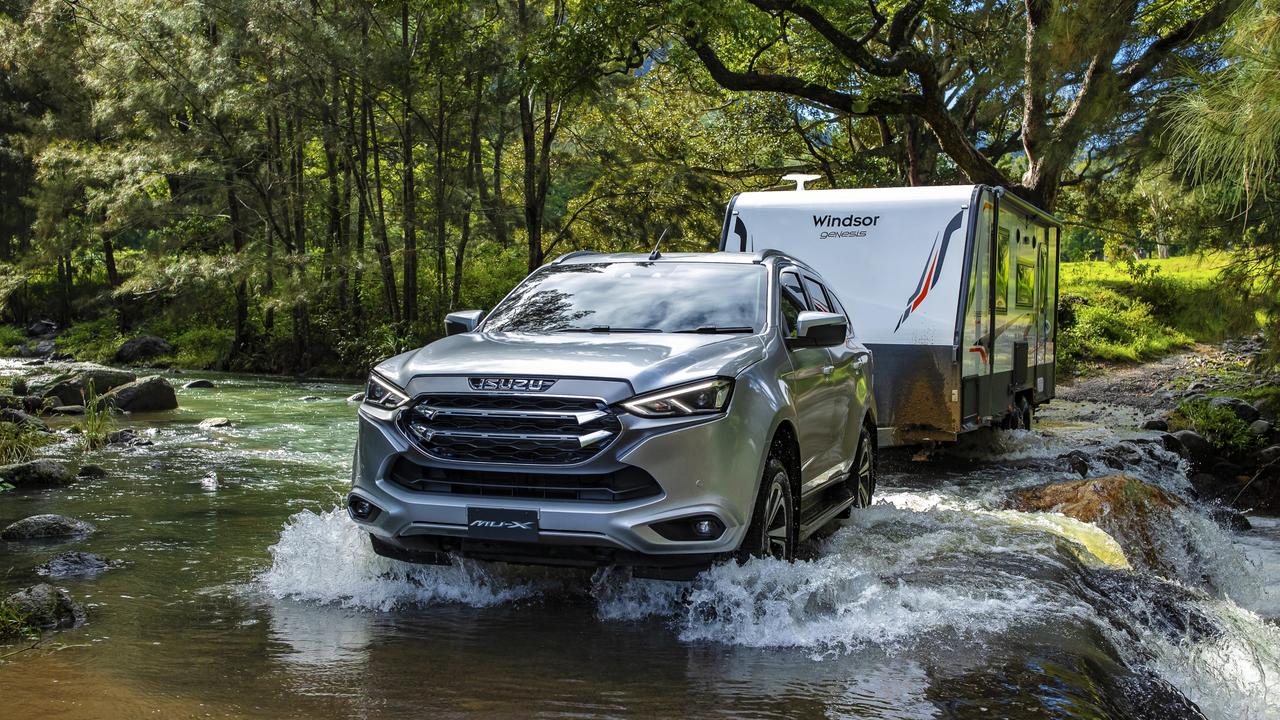
However, a fully loaded trailer can slash the amount of luggage and people you can safely load into the car. Even the weight of the caravan pushing down on the towbar needs to be taken into account.
For a 3500kg caravan, that usually adds another 350kg to the car’s load.
So while your GCM may be okay, the GVM could be exceeded, or vice versa.
Overloading compromises the steering, braking and cornering ability of the car and can result in breakages or component failures
The reality is that most of the top-selling utes won’t be able to fit much gear in the back when they’re towing their maximum weight.
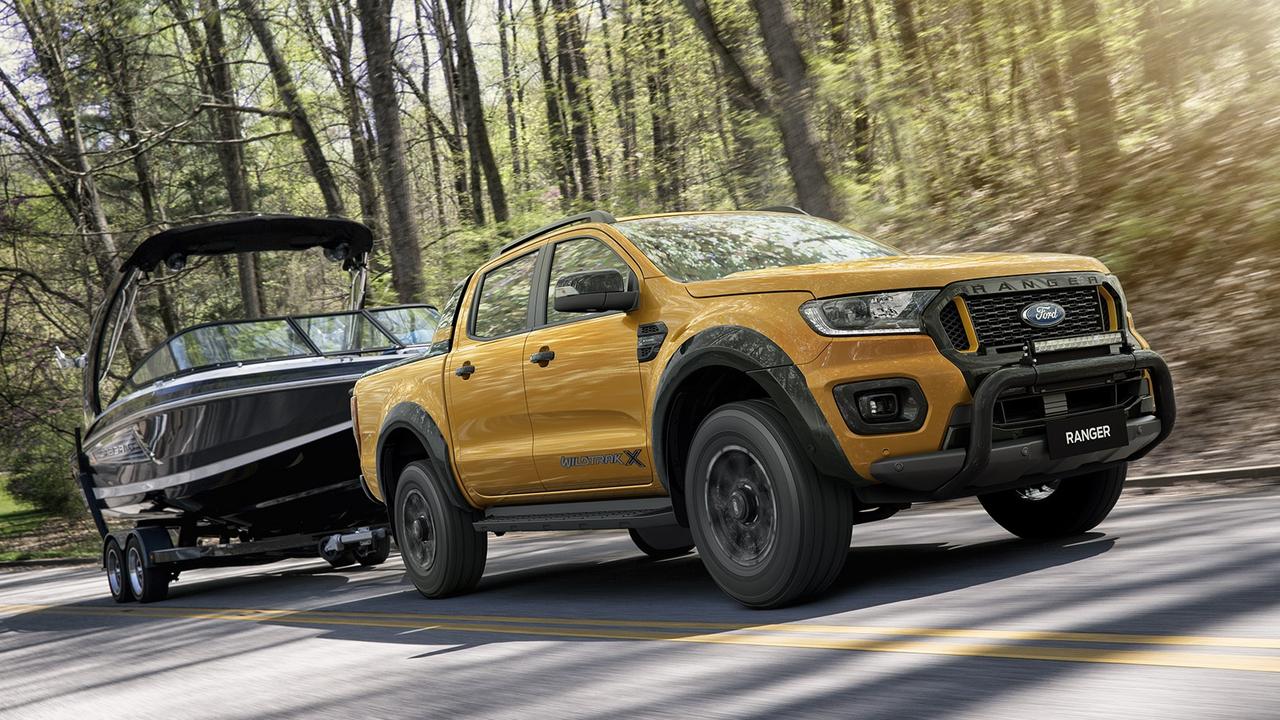
In top-shelf versions of the Volkswagen Amarok, Mazda BT-50 and Nissan Navara, for example, your carrying capacity drops to 256kg, 247kg and 264kg respectively once you’ve got 3500kg of Jayco hooked up. Even in the mighty V8-powered LandCruiser Sahara you’re limited to 260kg of people and luggage, assuming you’ve got 350kg on the towball. And Isuzu’s new MU-X may now be able to lug 3.5 tonnes, but you’re down to as little as 225kg in people and luggage.
In other words, there’s no way the whole family is jumping aboard a ute that is towing its maximum load.
If you’ve fitted a bulbar, driving lights and roof racks, that additional weight needs to be taken into account. Every kilo added takes a kilo off your payload.
Balancing your load is critical, too. Too much weight on the front or rear of the trailer can affect the vehicle’s handling, something most likely to bite at higher speeds. It’s best to pop the heavy stuff over the axle so it’s not pitching the trailer when you hit bumps.
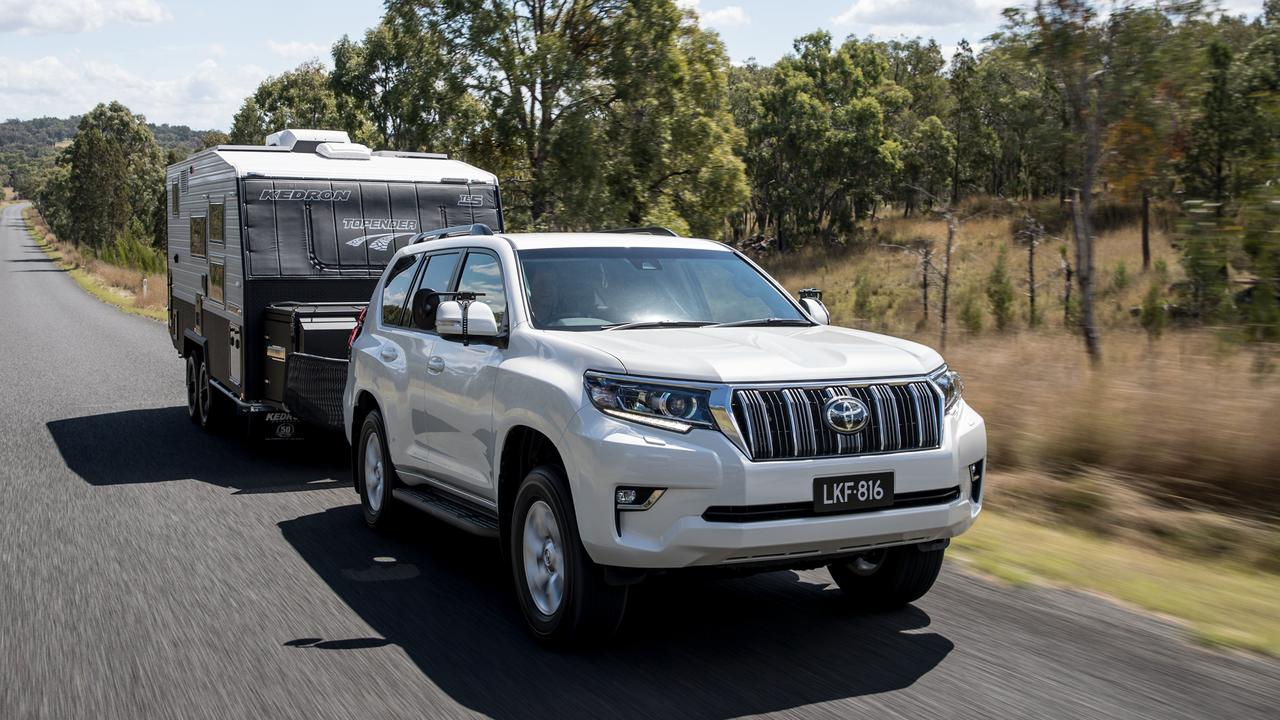
“Your axle area is your load bearing area, so that’s the best spot to put your load,” says May.
Consider a weight distribution hitch and/or towball weight scale to tweak loads, and it pays to take your rig to a public weighbridge, although May says “you need to understand what the [various] weights mean”.
Stopping is also important.
Trailers over 750kg require their own brakes.
Many trailers rated between 750kg and 2000kg will have mechanical brakes. They work by activating the trailer brakes when the momentum of the car decelerating pushes the trailer against the tow hitch.
They’ll help slow your load but have nothing like the control of electronic trailer brakes.
Anything over 2000kg requires electric brakes. They come with a separate controller to adjust the brake bias (how much braking the trailer does) and can independently activate the trailer’s brakes to help control trailer sway.
Finally, be aware of different regulations, such as the 100km/h towing limit in WA (other states allow up to the posted speed limit).
Some vehicle manufacturers also recommend a lower top speed when towing, so check the owner’s manual.
TOWING LINGO
GCM is short for gross combination mass, which is the weight of the fully loaded vehicle and trailer.
GVM is gross vehicles mass, which is the weight of the car, any accessories, people and luggage. It also includes the weight of the trailer pushing down on the towball.
ATM is aggregate trailer mass, which is the weight of the fully loaded trailer.
Towball down-weight (or download) is how much weight is pushing down on the towball. Typically it should be 10 per cent of the weight of the trailer.
Payload is how much weight you can put in the car, including people and luggage.
| Vehicle | Vehicle weight | Max tow capacity | Max towball download | GVM | GCM | Payload | Payload at max tow capacity* | Payload 500kg under max tow capacity* |
| Toyota LandCruiser Sahara 200-Series | 2740 | 3500 | 350 | 3350 | 6850 | 610 | 260 | 310 |
| Land Rover Discovery HSE D300 | 2362 | 3500 | 350 | 3260 | 6760 | 898 | 548 | 598 |
| Toyota Prado Kakadu (150L tank) | 2350 | 3000 | 300 | 2990 | 5990 | 640 | 340 | 390 |
| Ford Everest Titanium | 2477 | 3100 | 310 | 3100 | 5900 | 623 | 313 | 363 |
| Isuzu MU-X LS-T 4x4 | 2175 | 3500 | 350 | 2800 | 5900 | 625 | 225 | 325 |
| Mitsubishi Pajero Sport Exceed | 2105 | 3100 | 310 | 2775 | 5565 | 670 | 360 | 410 |
| Volkswagen Amarok Aventura V6 auto | 2244 | 3500 | 300 | 3080 | 6000 | 836 | 256 | 536 |
| Nissan Navara Pro-4X auto | 2146 | 3500 | 350 | 3150 | 5910 | 1004 | 264 | 704 |
| Mazda BT-50 Thunder | 2203 | 3500 | 350 | 3100 | 5950 | 897 | 247 | 597 |
Originally published as Everything you need to know about towing explained






